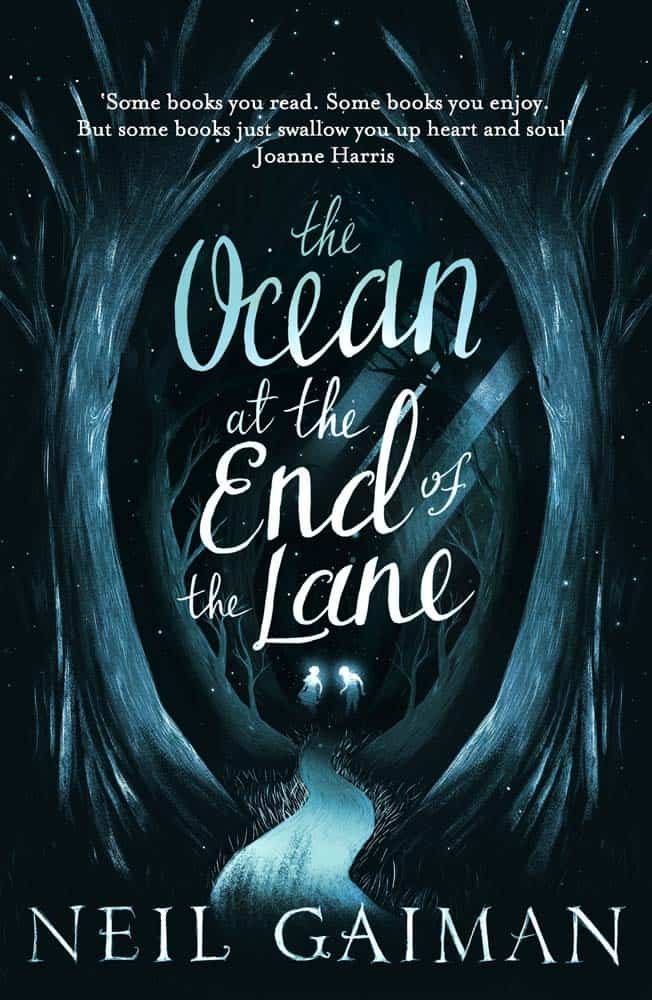

“Impossible things to frame, like the whole of knowledge and the universe being torn in half. “I really liked the fact that it was about these big, big, big things,” says puppet and costume designer Sam Wyer, who first suggested the book to Katy. The process of getting the show on stage has been long in the making, but the book feels inherently theatrical. “It’s about being powerless and the sense that we can get through it together.” “It’s about memory and the imagination and standing up to the dark,” Gaiman says.

The Ocean at the End of the Lane follows a young boy whose life is interrupted by a monstrous, rotten creature – a colossal puppet too big to fit in the rehearsal room – that is intent on destroying him. ‘It’s about memory and the imagination and standing up to the dark’: Neil Gaiman. “That scene you just saw … ” she stops herself from giving the secrets away, “in the new theatre, it will feel like mass destruction.” “I’ve found moments where things come from behind and around you,” she says. “You always want to keep mining a piece and discovering new things about it.” When the show was at the Dorfman, the National Theatre’s smallest space, the audience were immersed on three sides in the West End, Rudd is determined to keep the sense of intimacy. “As a director, you’re never like: ‘That’s it,’” says the show’s director Katy Rudd. With a new cast and different staging this time round, can they re-bottle the lighting? Now the team are preparing to install the vastnessof an ocean in the Duke of York’s Theatre. The sellout production was supposed to transfer last year, but the pandemic got in the way.

“I knew it was going to be good, but I didn’t know it was going to be magic,” Gaiman laughs, recalling the original staging of his monster-riddled, grief-stricken story at the Dorfman theatre.


 0 kommentar(er)
0 kommentar(er)
